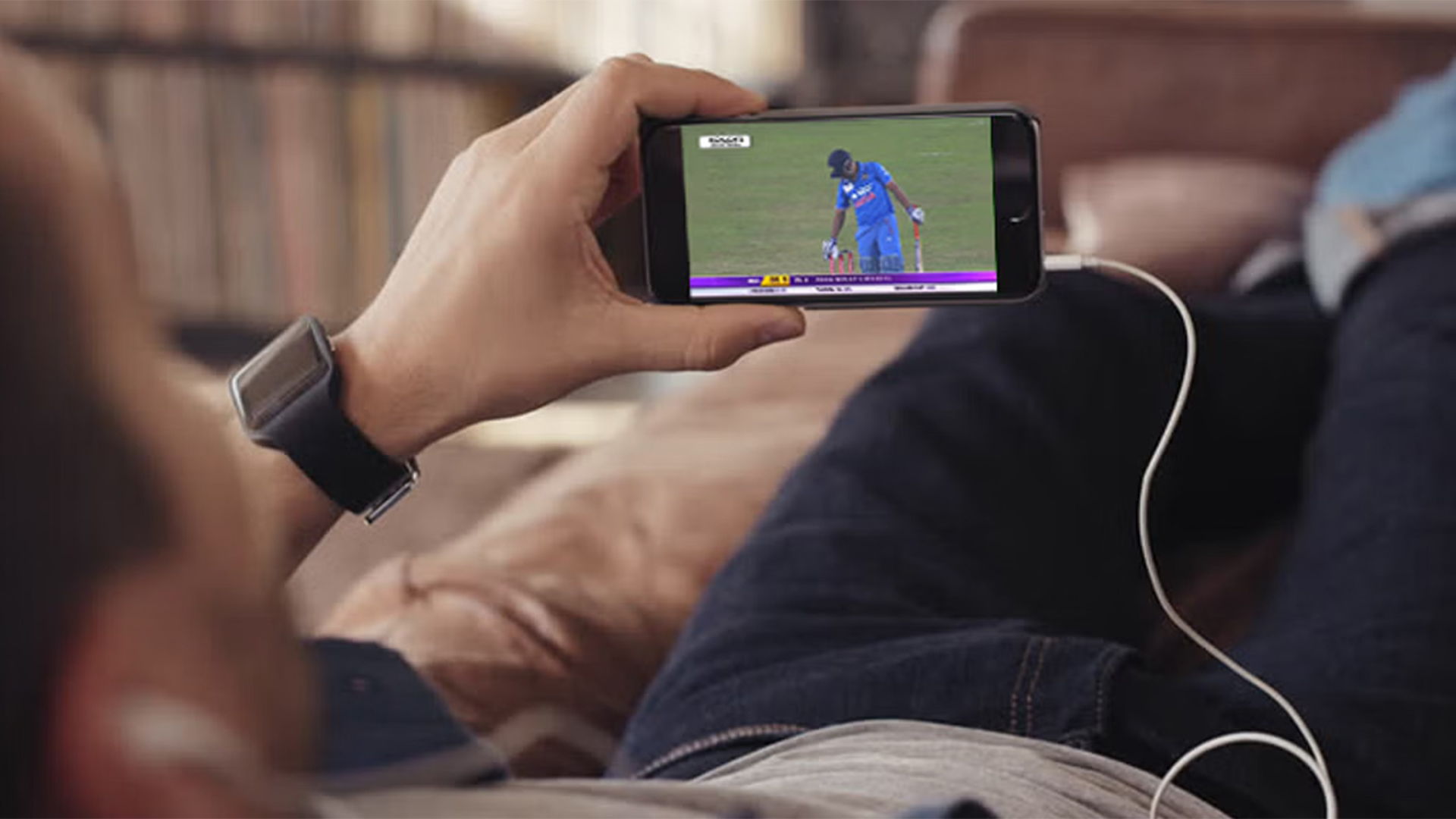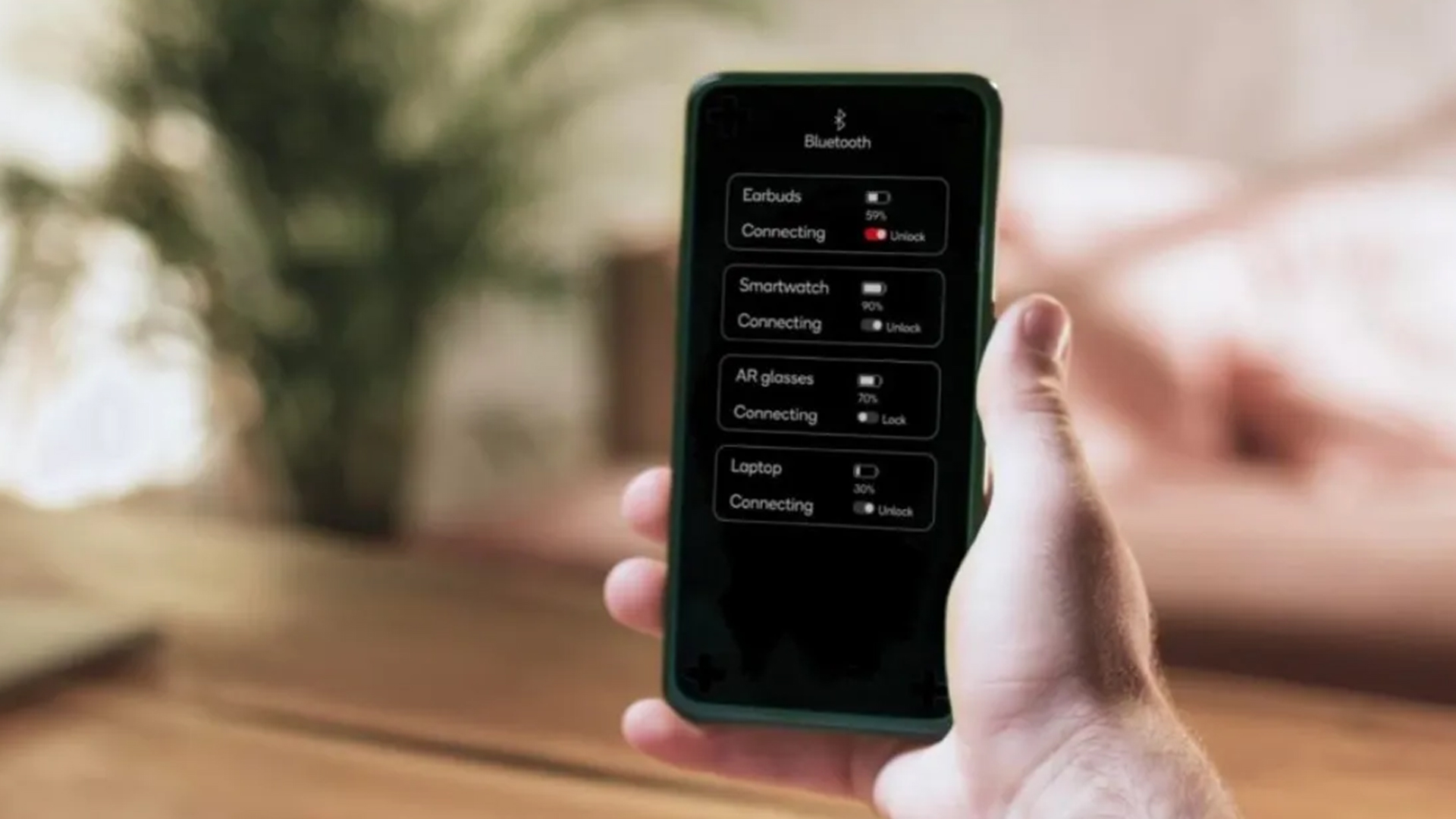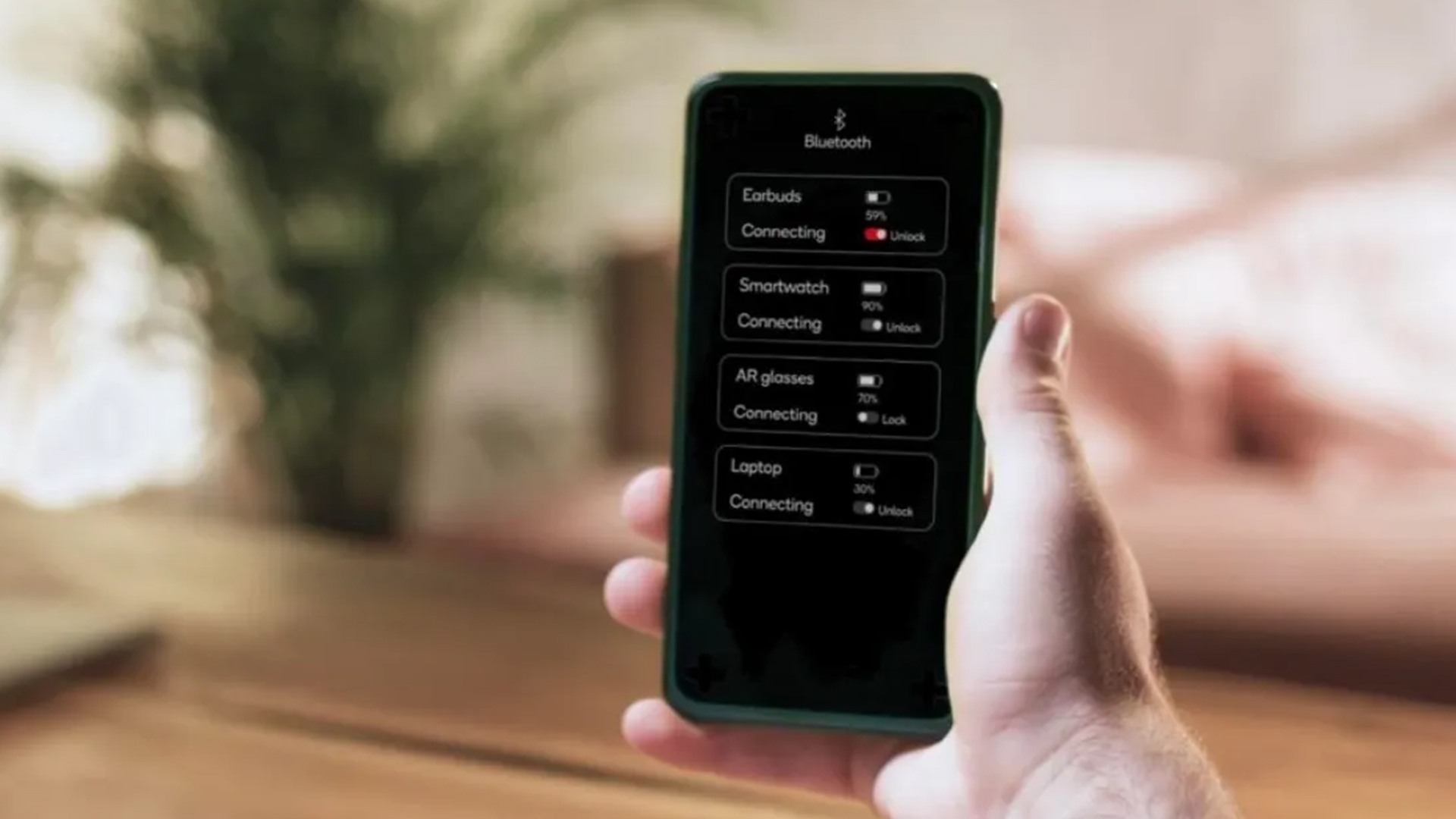Bharti Airtel, on Thursday agreed to buy a 49 percent stake in Qualcomm’s fourth-generation (4G) broadband venture i n the country for Rs 907 crore , in a move that would give India’s biggest mobile phone carrier a national footprint in broadband through a combination of 4G and 3G networks. In 4G, it also becomes the top rival to Reliance Infotel.
The acquisition will give Bharti access to four telecoms zones, including the lucrative Delhi and Mumbai cities, where it does not have its own 4G airwaves. Bharti already has broadband wireless association (BWA) licences in four circles - Kolkata, Karnataka, Punjab and Maharashtra for which it paidRs 3,316.4 - and 3G licences in 13 circles. The company recently launched commercial 4G networks in Kolkata and Bangalore cities.
With this agreement, Bharti has secured a nationwide broadband leadership through a combination of 4G and 3G, with its own networks in 18 circles. Qualcomm, which was embroiled in a dispute with the telecom ministry, was granted 4G airwaves this month, nearly two years after it won them in the auction. The ministry cut the usage period of the airwaves by 18 months to 18.5 years though.
IIFL telecom analys t GV Giri told CNBC-TV18 the acquisition is a positive move for the long-term and offers Bharti the ability to exploit the impact of inevitable explosion of data in India. He maintained a buy call on the stock despite the downturn and said the company will be able to monetise revenues after two-to-three years.
“This is a positive move for Bharti considering early adopters of the 4G technology will come from the Mumbai and Delhi circles. As far as RIL goes, by the time they set up the network and start operation. Bharti is most likely to have rolled out in eight circles by then. So the telco is expected to have an upper hand over RIL, which is likely to play the pricing game,” Ankita Somani, research analyst at domestic brokerage firm, Angel Broking told Times of India.
Shares in Bharti, valued at about $20 billion, ended up 5.6 percent to post their biggest single day gain in more than three months on Thursday, while the broader market closed 1.7 percent higher.
However, not everyone feels the deal is a win-win. Karan Mittal of ICICI Direct says there may not be much financial gain for Bharti right away as the acquired entity has a debt of around $1-1.2 bullion. “Even in 3G, Bharti is earning about Rs 100-150 crore revenue per quarter. So I do not think it will contribute meaningfully. But what it does for Bharti is that it gives them a lot of spectrum in the current scenario wherein this is a spectrum crunch and hue and cry over the regulatory concerns,” he told ET Now.
But Mint , citing another telecom analyst argues that since Bharti will only acquire the rest of the stake in the second phase of the transaction in 2014, and is currently keeping Qualcomm’s debt out of its books, Bharti will be able to invest in the rolling out of services immediately, especially in the key circles of Delhi and Mumbai.
Qualcomm, which is pushing for the deployment of LTE (long-term evolution) broadband technology in India, has previously said it is looking at one or more operator partners in the India broadband venture. The company had bid for airwaves, not because it wanted to run the network but because it wanted to ensure that its LTE technology was used in operating 4G services in the country
Reliance Industries , controlled by India’s richest man Mukesh Ambani, is the only company to have 4G airwaves in all 22 telecoms zones in India. But it is yet to start commercial services. The company is expected to launch LTE TD-based data services by the last quarter of the current fiscal year or early next year.


)




)
)
)
)
)
)